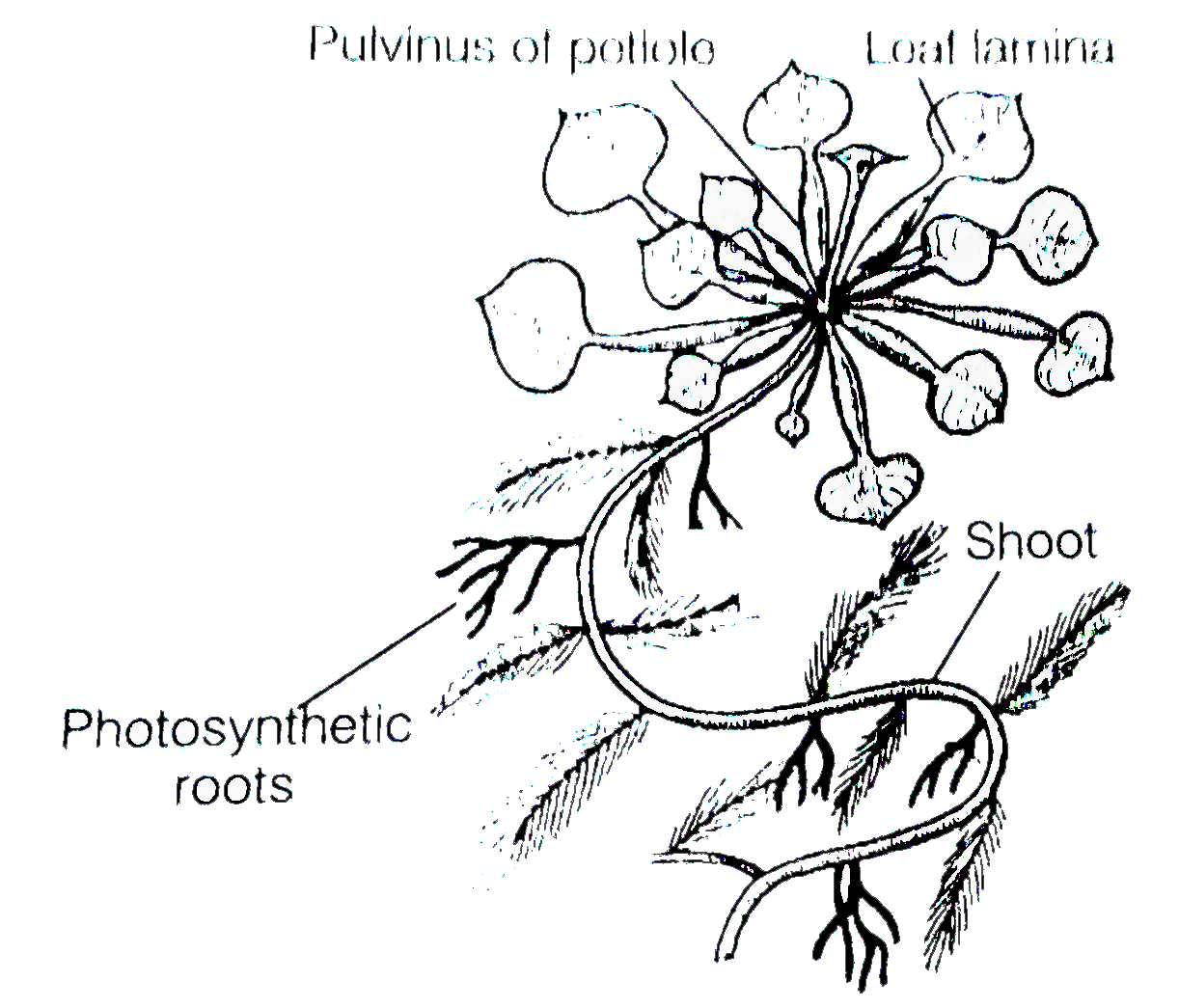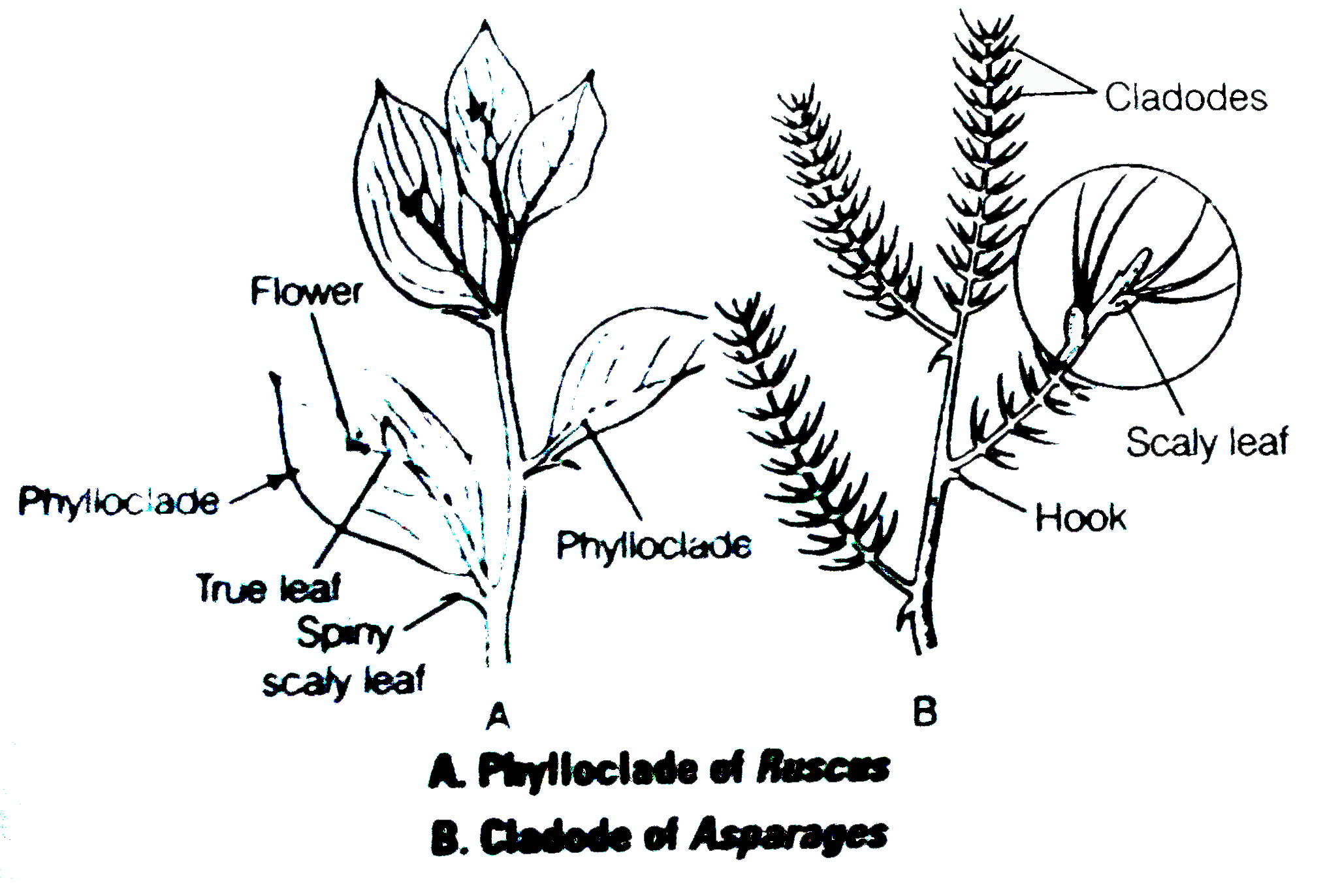InterviewSolution
This section includes InterviewSolutions, each offering curated multiple-choice questions to sharpen your knowledge and support exam preparation. Choose a topic below to get started.
| 16051. |
Question : It can be considered as an important event for evolution. (A) Crossing over (B) Cytokinesis (C) Interphase (D) Synapsis |
|
Answer» CROSSING over |
|
| 16052. |
Question : Isolation species can also be called as ………………species . |
|
Answer» BIOLOGICAL |
|
| 16053. |
Question : Isolate in appropriate manner for secondary metabolites.a.Plantb.Fungic.Bacteriad.Above all |
|
Answer» Plant |
|
| 16054. |
Question : Isogamy is a mode of sexual reproduction in which |
|
Answer» The fusing gametes are morphologically and functionally SIMILAR |
|
| 16055. |
Question : Isogamous condition with non-flagellated gametes is found in: |
|
Answer» CHLAMYDOMONAS |
|
| 16056. |
Question : Islets of Langerhans produce |
|
Answer» Insulin |
|
| 16057. |
Question : Isobilateral leaf is seen in …………………… |
| Answer» SOLUTION :grass | |
| 16058. |
Question : Isinglass is used in |
|
Answer» Preparation |
|
| 16059. |
Question : Ischemic pain in the heart muscles is called .................. |
| Answer» SOLUTION :ANGINA pectoris. | |
| 16060. |
Question : Is water potential measurable? How is it represented and measured? |
| Answer» Solution :Water potential is MEASURABLE. It is represented by Greek letter `Psi` (Psi) and measured in BARS. | |
| 16061. |
Question : Is viviparous pair(A) Betta, clarias(B) Saw fish, sting ray(C) Dog fish, flying fish(D) Rohu, cattla |
|
Answer» BETTA, clarias |
|
| 16062. |
Question : …………..is used for the synthesis of anthocyanin. |
|
Answer» RIBULOSE |
|
| 16063. |
Question : ……………is used in single cell protein. |
|
Answer» SPIRULINA |
|
| 16064. |
Question : __________is used for alcoholic fermentation of sugars. |
| Answer» SOLUTION :SACCHAROMYCES | |
| 16065. |
Question : Is there link between water absorption and respiration ? Explain. |
| Answer» SOLUTION :There is a LINK between water ABSORPTION and REPIRATION. It is EVIDENT from the fact that when respiratory. It is evident from the fact that when respiratory inhibitors like KCN, Chloroform are applied there is a decrease in the rate of respiration and also the rate of absorption of water. | |
| 16066. |
Question : Is tomato a fruit of vegetable? Explain. |
| Answer» Solution :Yes, TOMATO is a fruit. Because it develops from the ripened ovary and bears seeds, whereas VEGETABLE refers to all other plant PARTS like ROOT, stem and leaves. | |
| 16067. |
Question : _______is theliving content of the cell. |
|
Answer» Cytoplasm |
|
| 16068. |
Question : The volume of air remaining in the lungs after a forceful expiration is ……… |
| Answer» SOLUTION :TOTAL LUNG CAPACITY | |
| 16069. |
Question : ...................................is the number of stomata per square mm. Of leaf suface. |
| Answer» SOLUTION :Stomatal FREQUENCY | |
| 16070. |
Question : _____is the name for intestine juice while is the juice secreted by liver |
| Answer» SOLUTION :SUCCUS entricus, BILE JUICE | |
| 16071. |
Question : Which is the longest phase of meitoic division? |
|
Answer» Anaphase |
|
| 16072. |
Question : ……...is the hormone secreted by kidneys to stimulate bone marrow to produce more RBCs. |
| Answer» SOLUTION :ERYTHROPOIETIN | |
| 16073. |
Question : The first product of C_3 pathway is |
|
Answer» DHAP |
|
| 16074. |
Question : .......................................is the exudation of water drops from the tip or margins of lamina at the vein ends. |
| Answer» SOLUTION :GUTTATION | |
| 16075. |
Question : Is the enzymes of glyoxylate pathway present in glyoxysomes ? |
|
Answer» Solution :1. Glyoxysome is a single membrane bound organelle. 2. It is a sub cellular organelle and contains ENZYMES of glyoxylate pathway. 3. `beta`-OXIDATION of FATTY acid occurs in glyoxysomes of germinating seeds Eg: Castor seeds. |
|
| 16076. |
Question : Is the dominant cerebral hemisphere in most individuals |
|
Answer» |
|
| 16077. |
Question : Is the cell wall permeable, semipermeable or impremeable ? |
| Answer» SOLUTION :PERMEABLE. | |
| 16078. |
Question : Which of the following is not involved in gaseous exchange? |
| Answer» SOLUTION :DEAD SPACE | |
| 16079. |
Question : _____is the abundant protein in whole biosphere. |
| Answer» Solution :RUBISCO | |
| 16080. |
Question : Is rubber a primary metabolite or a secondary metabolite ? Write four sentences about rubber. |
|
Answer» Solution :Rubber is secondary metabolite, secondary metabolites means chemicals synthesized by plants which has no role in growth. -Rubber is OBTAINED from rubber tree (Havea bracilianaces) - It is byproduct of the lactiferous tissue which is latex type of TUBULES. It is the BIGGEST terpenoids it has 400 isoprene units. -It is elastic, insoluble in water and a GOOD CONDUCTOR of electricity. |
|
| 16081. |
Question : Is Rhizopus homothallic or heterothallic ? |
| Answer» SOLUTION :Heterothallic | |
| 16082. |
Question : ___________ is responsible for yllow colour change of leaves during autumn season. |
|
Answer» CUTIN |
|
| 16083. |
Question : Is Pinus an evergreen tree ? Comment. |
|
Answer» Solution :Evergreen means the plants which have leaves for all four season and opposite to that deciduous trees lose/shed their leaves in either winter or DRY season. Pinus of gymnosperms is an evergreen tree. Flowering plants lose/ shed their leaves in very cold atmosphere and become dormant. But in pinus due to its thick bark, needle like leaves and sunken stomata the rate of transpiration is REDUCED. Due to cold regions, less rain fall physiologically and PHYSICALLY, snow fall, cold temperature, open house, absorption by roots is decreased. But pinus is well adapted in this condition. It continues to make food during this season also and develops dominantly on other plants. It shows that pinus is an evergreen plant. It does not shed leaves so NEEDLES are available in any condition. |
|
| 16084. |
Question : Is photosynthesis only process of ATP (chemical energy) formation? Explain. |
| Answer» Solution :No, photosynthesis is not only the PROCESS for ATP (chemicalenergy) formation. Besides photosynthesis, during respiration in ETS CYCLE ADP is converted to ATP. The ESSENTIAL energy required is taken by the oxidation of organic food. | |
| 16085. |
Question : Sucrose is a non reducing sugar. Justify. |
|
Answer» Glucose |
|
| 16086. |
Question : ____________is hammer shaped while ___________is stirrup like bone in middle ear. |
|
Answer» |
|
| 16087. |
Question : Isit correct to say that photosynthesis occurs only is leaves of a plant? Besides leaves, what are the other parts that may becapable of carrying outphotosynthesis ? Justify. |
Answer» Solution :Photosynthesis by root  When root possesses chloroplasts and perform photosynthesis then it is called assimilatory roots eg. Photosyntheti root. Photosynthesis by stem :  In cactu, stem acts LIKE a leaf. Its stem is GREEN coloured, flat thick ND fleshy. That performs photosynthesis. It is called as phylloclade. Photosynthesis by petiole :  In AUSTRALIAN Baval leaflets fall very quickly so petiole BECOMES green, flat leaflike and performs photosynthesis. It is called cladode. |
|
| 16088. |
Question : Is it correct to say that photosynthesis occurs only in leave of a plant ? Besides leaves, what are the other parts that may be capable of carrying out photosynthesis ? Justify. |
|
Answer» Solution :PHOTOSYNTHESIS is a process which mainly occurs in leaves of all graeen plants. The plants have designed their leaf in such a way that it is able to trap solar radiation and effectively convert solar/light energy to chemical energy. But biology is science of exceptions. Some plants carry US photosynthesis in modified plant parts other then leaves. For examples are as follows 1. Root as Photosynthetic Organ  When roots develop chlorophyll and START photosynthesis, they are called assimilitory roots. TRAPA and Tinospora are the example ofassimilatory roots. 1. Stem as Photosynthetic Organ.  In Opuntia, the stem gets modified to take up the function of leaves. It becomes flattened, THICK and succulent and perform photosynthesis. Such structures are called phylloclade. 3. Petiole as Photosynthesis Organ In Australian Acasia the petiole takes the shape and function of phtosynthesis because leaf lamina soon falls off.  |
|
| 16089. |
Question : Who is called as father of plant physiology ? |
|
Answer» Joseph priestlely |
|
| 16090. |
Question : Is extragenomic DNA present in prokaryotes and eukaryotes ? If yes, indicate their location in both the types of organisms. |
|
Answer» Solution :Prokaryotic and EUKARYOTIC both possess external genomic DNA. In Eukaryota external chromosomal DNA is seen in plastids (Chloroplast) and mitochondria. In Prokaryote genomic DNA is seen as plasmids. Plasmid is seen in the form of molecules of DNA. Plasmids are molecules of DNA. That PROVIDES UNIQUE phenotype characteristics to BACTERIAL cells. |
|
| 16091. |
Question : Are extra genomic DNA seen in Eukaryotes ? |
|
Answer» Solution :In prokaryotes like BACTERIA, plasmids are the extra GENOMIC DNA present in cytoplasm. In Rukaryotes, the CIRCULAR DNA present in matrix of mitochondria & CHLOROPLAST are extragenomic DNA. |
|
| 16092. |
Question : Is earthworm belongs to direct development? |
| Answer» Solution :Development is said to be DIRECT if no larva is formed in the LIFE cycle of an ORGANISM. Eg: Earthworm. | |
| 16093. |
Question : Is connected to the right by the corpus callosum |
|
Answer» |
|
| 16094. |
Question : _____is called as reduction division. |
|
Answer» MEIOSIS |
|
| 16095. |
Question : …………….is an alternate way for glucose break down. |
|
Answer» GLYCOLYSIS |
|
| 16097. |
Question : ………………….is also called as Ray fungi. |
|
Answer» Basidiomycetes |
|
| 16098. |
Question : __is a triple helix protein which allow for great tensile strength. |
|
Answer» Bone |
|
| 16099. |
Question : _________is called animal starch |
|
Answer» Amylose |
|
| 16100. |
Question : __________is a source of antibiotic. |
| Answer» SOLUTION :PENICILLIUM | |